Have you ever wondered why watermelons are so vibrant? Beyond their refreshing taste, these juicy fruits boast a stunning array of colors. But have you ever stopped to ask: How many watermelon colors are there? What do these colors mean? And is there a secret to finding the sweetest watermelon based on its color?
The color of a watermelon’s interior can vary significantly. Pink watermelon can indicate overripeness. Yellow watermelons are a natural variation and do not indicate any issues. White watermelons are a rare and exotic treat. Each color offers a unique flavor and nutritional profile.
This article explores the diverse watermelon varieties and their distinctive interior colors. We’ll delve into the reasons behind the color variations of pink, yellow, and white watermelons. Additionally, we’ll examine other non-traditional watermelons, such as golden and orange varieties, and their unique characteristics.
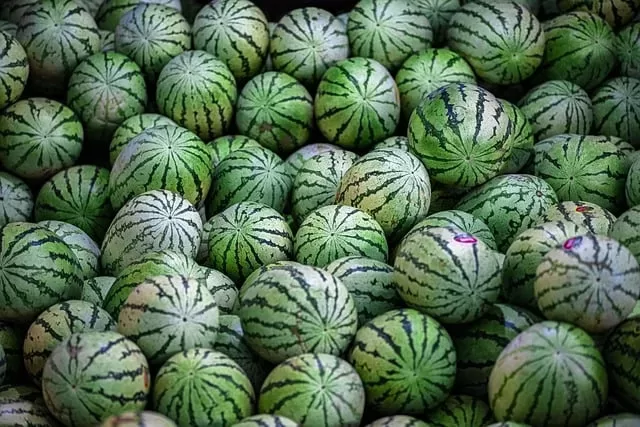
Origin and History
While many of us are familiar with the classic green-striped watermelon with pink flesh and black seeds, there are actually over 300 different varieties of this refreshing fruit. Some of these varieties boast unexpected colors and textures, such as yellow watermelons with yellow flesh, white watermelons with white flesh, and even golden watermelons with a golden-yellow exterior and interior. If you’ve ever wondered, what is watermelon seed butter, and how does it taste you’re in for a tasty surprise.
While the exact origin of the watermelon remains uncertain, archaeological evidence suggests that it was cultivated in Africa thousands of years ago. Early Egyptians, known for their agricultural advancements, are believed to have domesticated the watermelon and incorporated it into their diet.
The watermelon was later introduced to other parts of the world, including Asia, Europe, and the Americas. European explorers brought watermelon seeds to the New World, where it quickly became a popular crop in the Southern United States.
- Global Production: Watermelons are grown in various regions worldwide, with China being the largest producer. Other significant producers include Turkey, Iran, Brazil, and the United States.
- Annual Consumption: Watermelons are widely consumed globally, with millions of tons consumed annually. The exact consumption figures vary from year to year, influenced by factors such as production levels and consumer preferences.
- Varieties: While the pink watermelon is the most common variety, there are numerous other types, including yellow, white, orange, and golden watermelons. These varieties differ in terms of flavor, texture, and appearance.
Pink Watermelon: The Classic Choice
The pink watermelon is undoubtedly the most familiar type, recognized for its vibrant red flesh and sweet, refreshing taste. This classic variety is a staple at summer picnics, barbecues, and fruit salads.
If your watermelon has a pink interior instead of the usual red, it might be a sign of overripeness. While pink watermelons are sometimes natural, a pink color can also indicate that the watermelon was harvested too late.
- Flavor and Texture: Pink watermelons are known for their juicy, sweet flavor and crisp texture. The sugar content in pink watermelons is generally higher than in other varieties, making them a popular choice for those seeking a sugary treat.
- Nutritional Value: Pink watermelons are a good source of vitamins and minerals, including vitamin C, vitamin A, potassium, and lycopene. Lycopene is a powerful antioxidant linked to various health benefits, such as reduced risk of heart disease and prostate cancer.
- Popularity and Availability: Pink watermelons are widely available throughout the summer months in most regions. Their popularity and abundance contribute to their affordability compared to other watermelon varieties.
Yellow Watermelon: A Sweet and Refreshing Twist
Yellow watermelons are particularly popular in Japan, where they are often considered a luxury item. Thailand is another country where yellow watermelons are cultivated and consumed. Yellow varieties can be found in some regions of the United States, especially in California and Arizona.
The yellow interior of your watermelon is due to the absence of lycopene. Lycopene is a carotenoid that influences the pigment of various fruits, vegetables, and plants.
- Rarity and Characteristics: Yellow watermelons are less common than their pink counterparts, making them a sought-after and unique variety. They are characterized by their vibrant yellow flesh and green rind. The seeds of yellow watermelons are typically black or white, depending on the cultivar.
- Taste and Sweetness: Yellow watermelons are known for their sweet and refreshing taste, often described as having a hint of citrus. They tend to be sweeter than pink watermelons, making them a popular choice for those who prefer a sugary treat.
- Health Benefits: Yellow watermelons are a rich source of lycopene, a powerful antioxidant associated with various health benefits, including reduced risk of heart disease and cancer. They also contain vitamins A and C, as well as potassium.
White Watermelon: A Rare and Exotic Treat
White watermelons are a unique and uncommon variety that offers a distinct flavor profile and nutritional benefits. With their pale white flesh and green rind, they stand out from the more traditional pink and yellow watermelons.
- Rarity and Characteristics: White watermelons are considered a rarity in the watermelon world. They are characterized by their pale white flesh, which can range from creamy white to a slightly greenish hue. The seeds of white watermelons are typically black. The flesh is often described as being crisp and firm. The white color is due to a lack of lycopene, the pigment that gives red and pink watermelons their color.
- Taste and Sweetness: The flavor of white watermelons is often described as mild and refreshing, with a subtle sweetness. White watermelons are typically very sweet, often described as having a honey-like flavor. They may not be as intensely sweet as pink or yellow watermelons, but they offer a unique and delicate taste experience.
- Nutritional Value: White watermelons are a good source of vitamins and minerals, including vitamin C, vitamin A, potassium, and lycopene. They also contain citrulline, an amino acid that has been linked to various health benefits, such as improved blood flow and reduced muscle soreness.
While white watermelons may be less common and more expensive than other varieties, their unique flavor and nutritional benefits make them a worthwhile addition to any fruit lover’s collection.
Ever wondered if watermelons float? If so, and why?
Other Watermelon Colors: A Rainbow of Flavor
While pink, yellow, and white watermelons are the most common varieties, there are also a few other colors to explore.
Golden Watermelon
Golden watermelons have a vibrant yellow-orange rind and a pale yellow flesh. They offer a sweet and refreshing taste, similar to pink watermelons. Golden watermelons are a good source of vitamins and minerals, including vitamin C and potassium.
Orange Watermelon
Orange watermelons have a bright orange rind and a deep orange flesh. They are known for their sweet and slightly tangy taste. Orange watermelons are rich in lycopene, an antioxidant linked to various health benefits.
These unique varieties offer a refreshing twist on the traditional watermelon and are becoming increasingly popular among fruit enthusiasts.
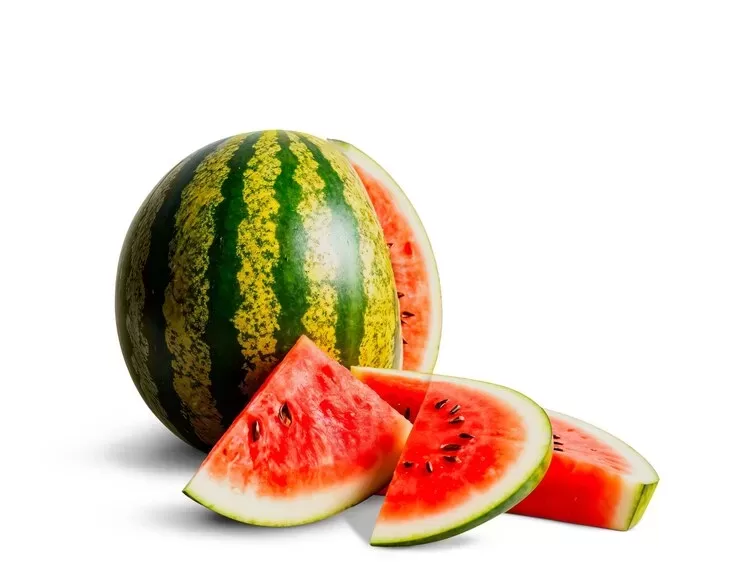
FAQs
What are the three colors of watermelon?
The three main watermelon colors are green, red, and black.
How many colors are there in a watermelon?
While the three primary watermelon colors are green, red, and black, there can be variations within these colors, such as dark green, light red, and yellow-green.
Which color watermelon is best?
The “best” watermelon color often depends on personal preference. However, many people find red watermelons to be the sweetest and most flavorful.
Is watermelon red or yellow?
While the most common watermelon color is red, there are also yellow varieties.


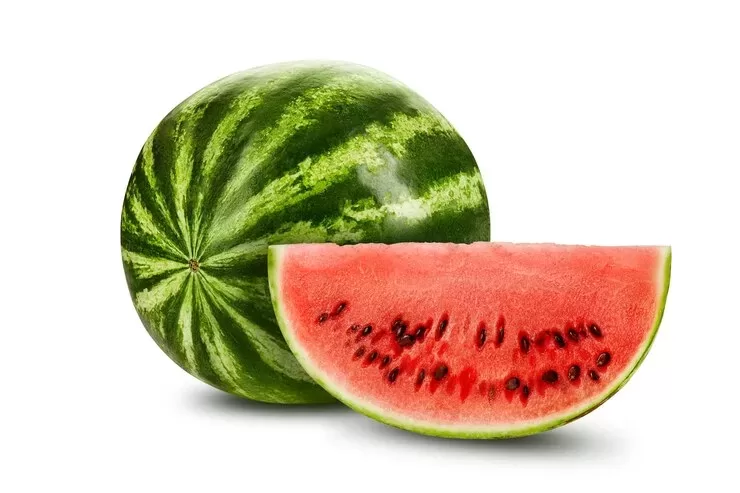



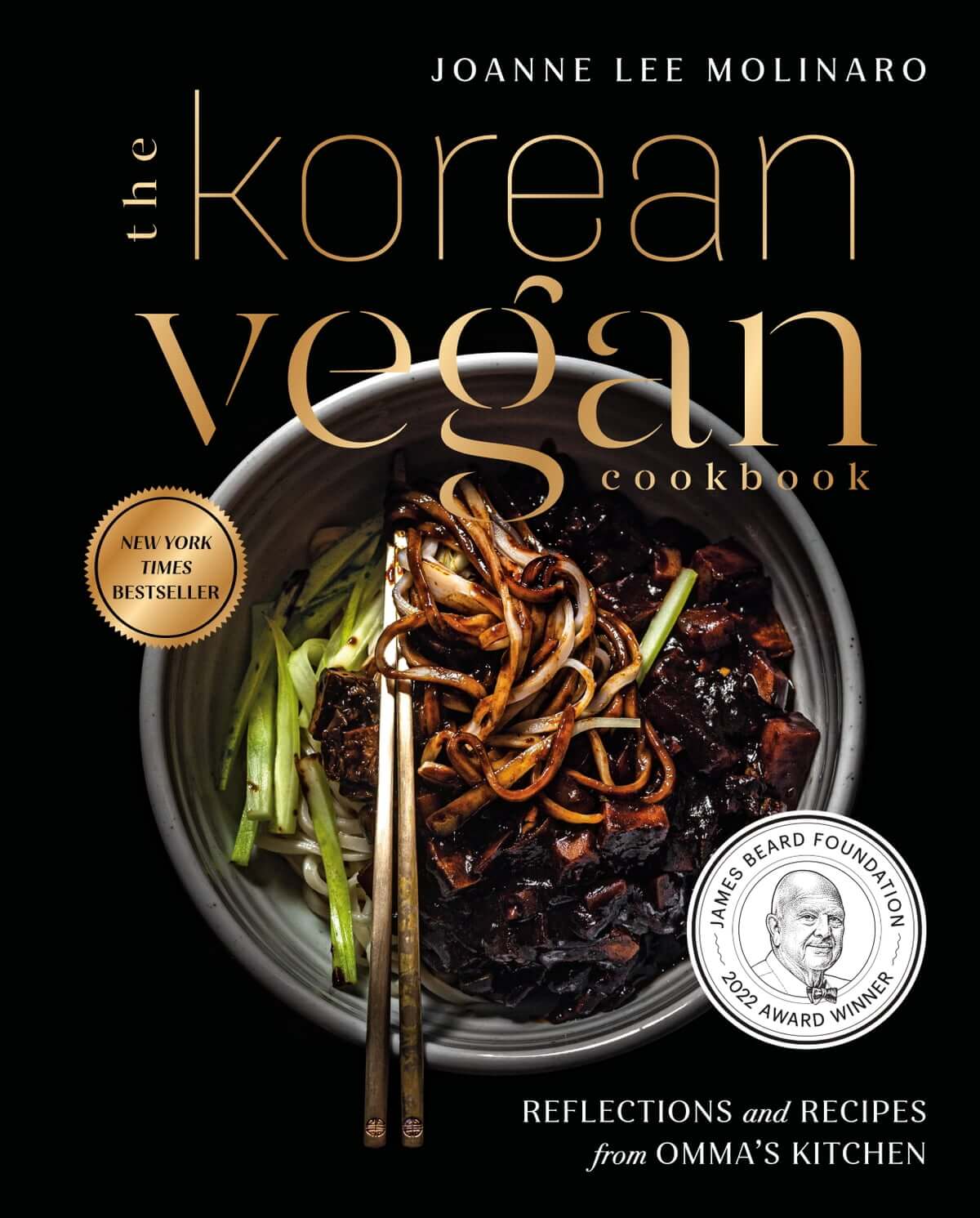
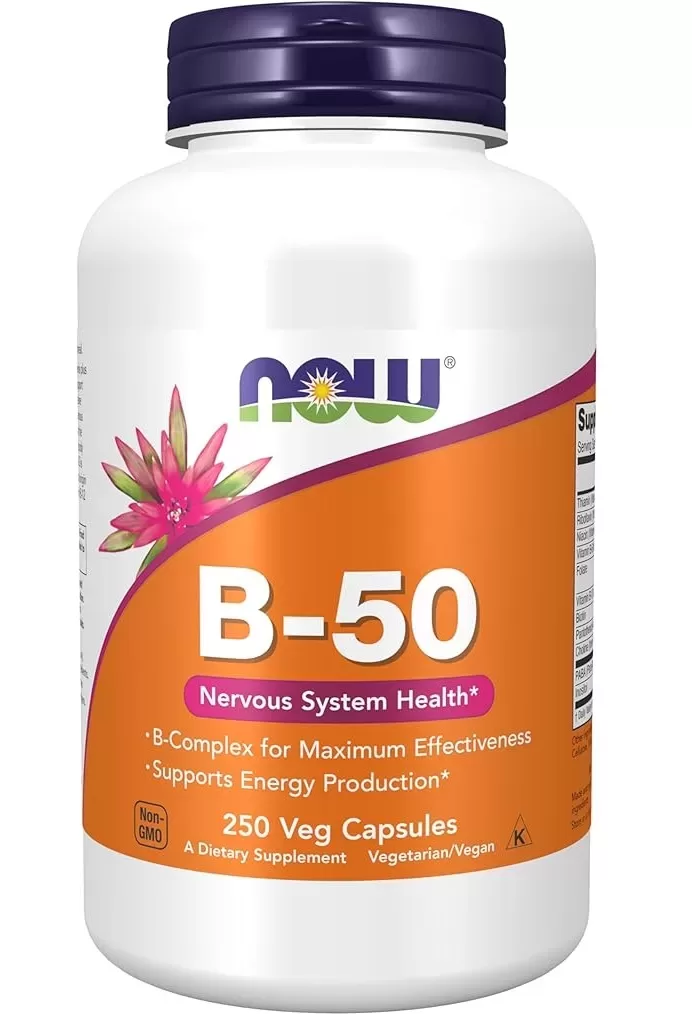
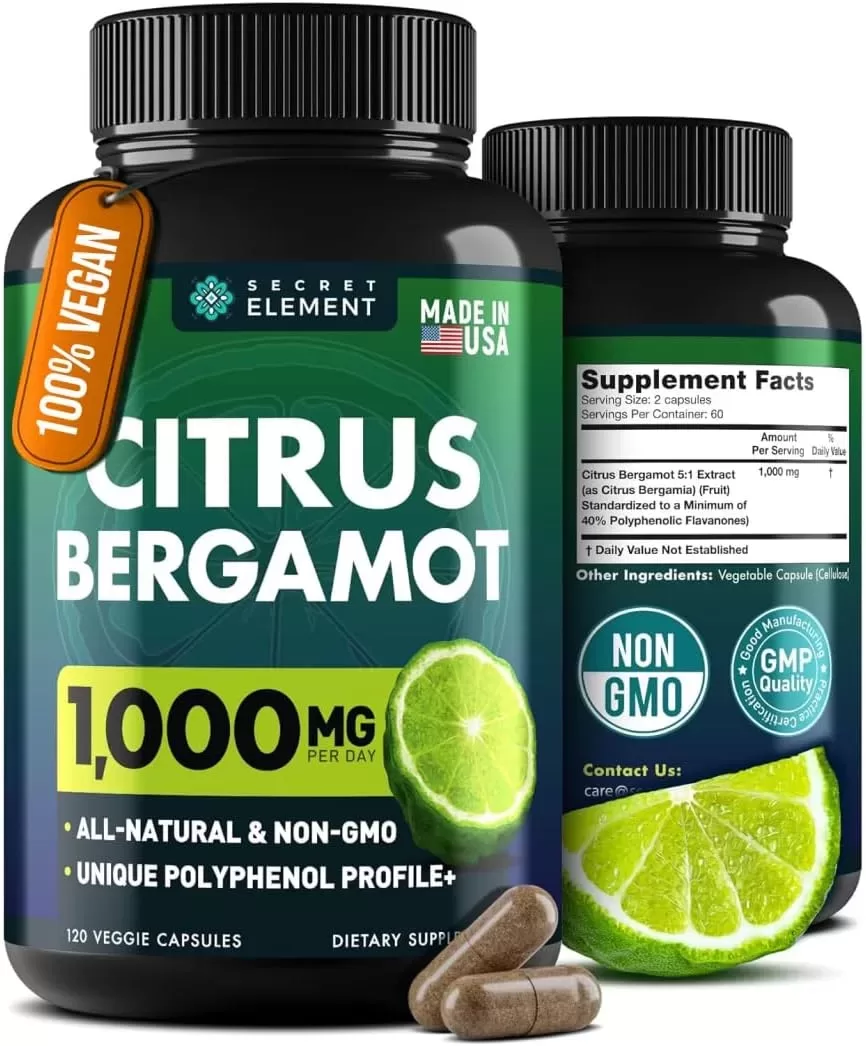

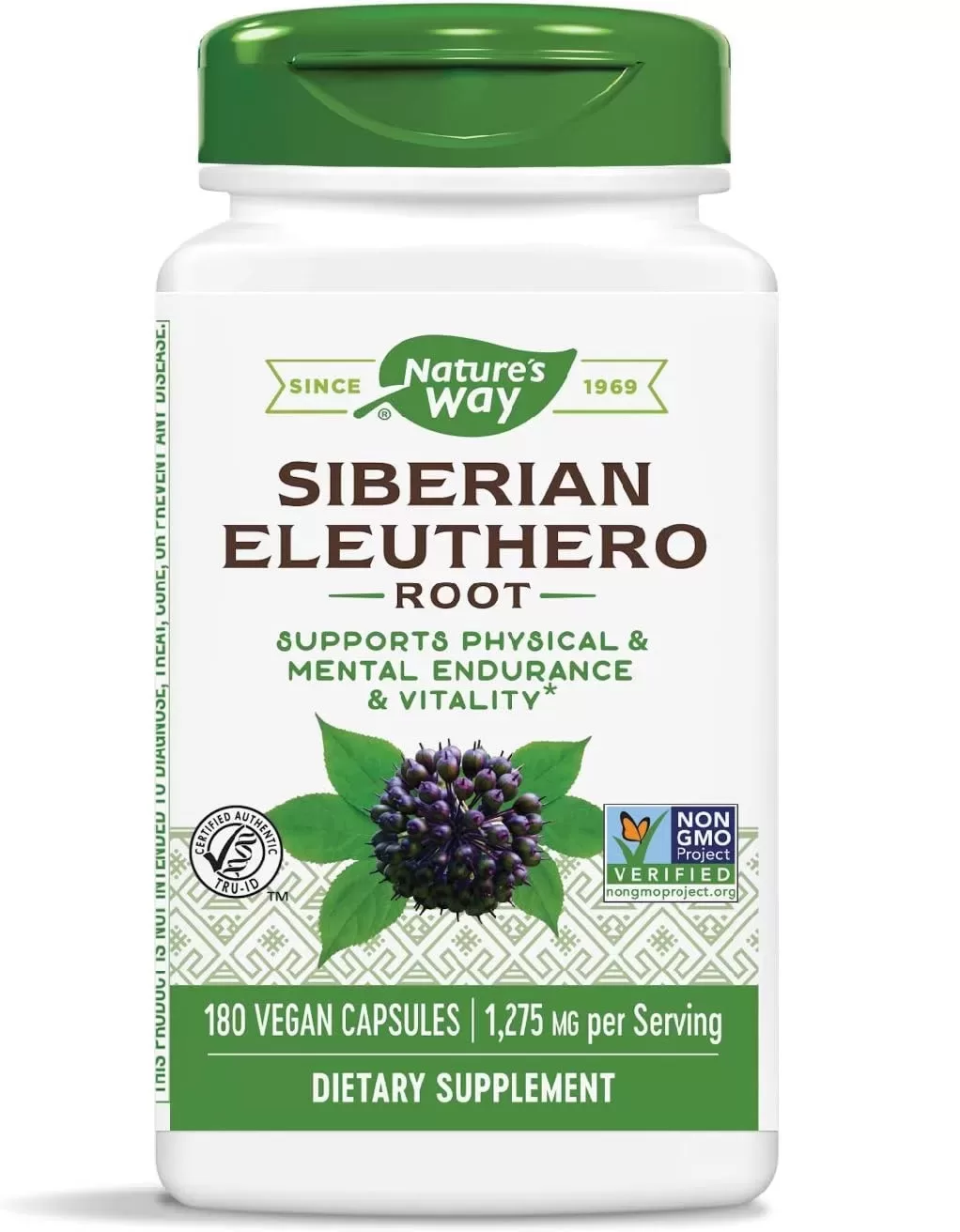
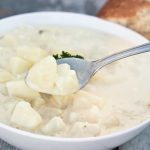

Comments are closed.